16–18 Oxford Street, Whitstable, Kent, CT5 1DD
Peter Cushing OBE was known for his many roles in ‘Hammer Horror Films’ and his numerous appearances as the fictional detective Sherlock Holmes. Cushing first visited Whitstable in the 1940s and, in 1958, bought a house, initially for weekend use and then as a retirement home, until his death in 1994. Cushing and his wife, Helen, loved Whitstable and the townspeople took to them. A local beauty spot, near the bottom of High Street, has been named Cushing’s View.
A photograph and text about Peter Cushing.
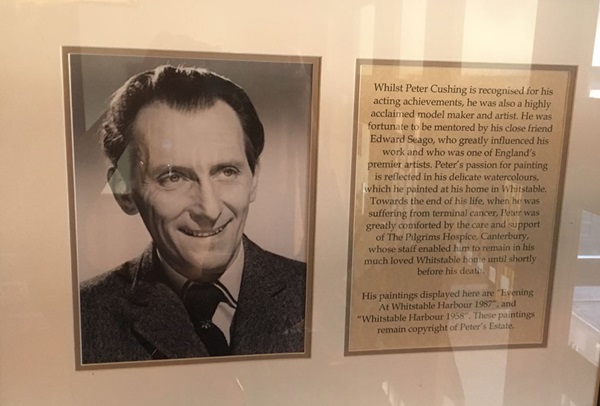
The text reads: Whilst Peter Cushing is recognised for his acting achievements, he was also a highly acclaimed model maker and artist. He was fortunate to be mentored by his close friend Edward Seago, who greatly influenced his work and who was one of England’s premier artists. Peter’s passion for painting is reflected in his delicate watercolours, which he painted at this home in Whitstable. Towards the end of his life, when he was suffering from terminal cancer, Peter was greatly comforted by the care and support of The Pilgrims Hospice, Canterbury, whose staff enabled him to remain in his much loved Whitstable home until shortly before his death.
His paintings displayed here are Evening At Whitstable Harbour 1987, and Whitstable Harbour 1958. These paintings remain copyright of Peter’s Estate.
Text about Peter Cushing.
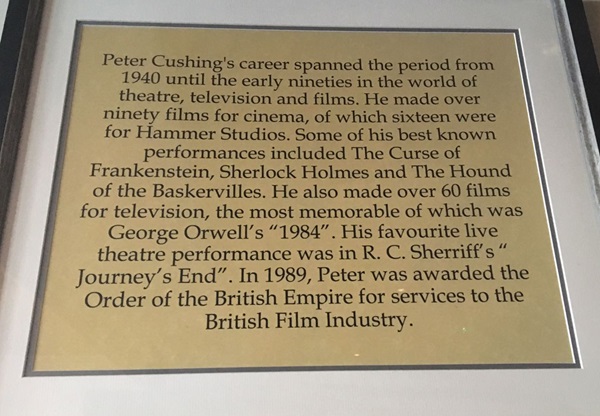
The text reads: Peter Cushing’s career spanned the period from 1940 until the early nineties in the world of theatre, television and films. He made over ninety films for cinema, of which sixteen were for Hammer Studios. Some of his best known performances included The Curse of Frankenstein, Sherlock Holmes and The Hound of the Baskervilles. He also made over 60 films for television, the most memorable of which was George Orwell’s 1984. His favourite live theatre performance was in RC Sherriff’s Journey’s End. In 1989, Peter was awarded the Order of the British Empire for services to the British Film Industry.
A photograph and text about The Curse of Frankenstein.
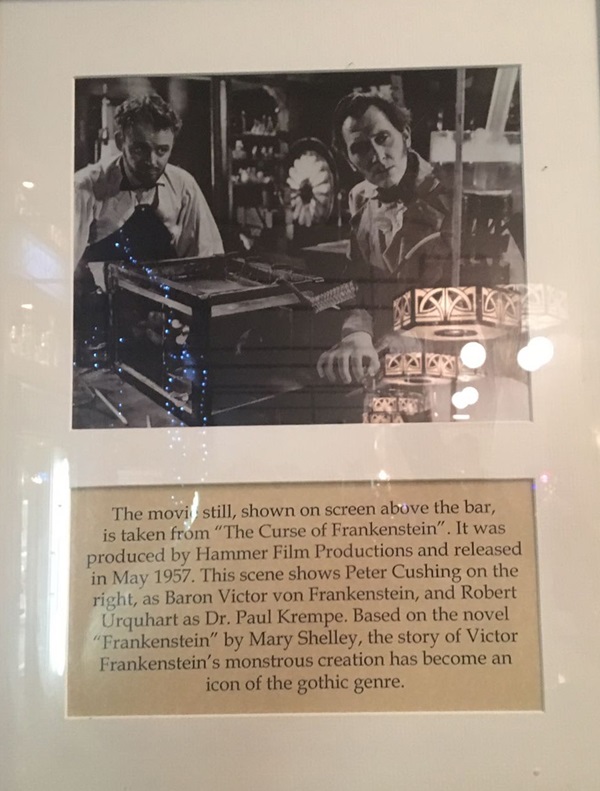
The text reads: The movie still, shown on screen above the bar, is taken from The Curse of Frankenstein. It was produced by Hammer Film Productions and released in May 1957. This scene shows Peter Cushing on the right, as Baron Victor von Frankenstein, and Robert Urquhart as Dr Paul Krempe. Based on the novel Frankenstein by Mary Shelley, the story of Victor Frankenstein’s monstrous creation has become an icon of the gothic genre.
An old poster for john Steinbeck’s film East of Eden.
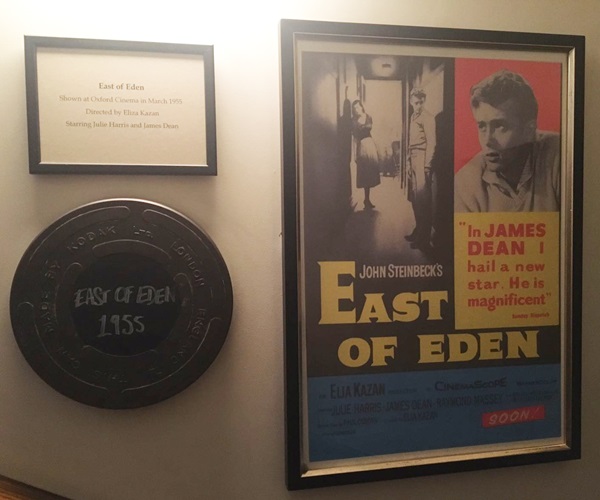
Shown at Oxford Cinema in March 1955.
Directed by Eliza Kazan.
Starring Julie Harris and James Dean.
A collection of original cinematographic equipment.
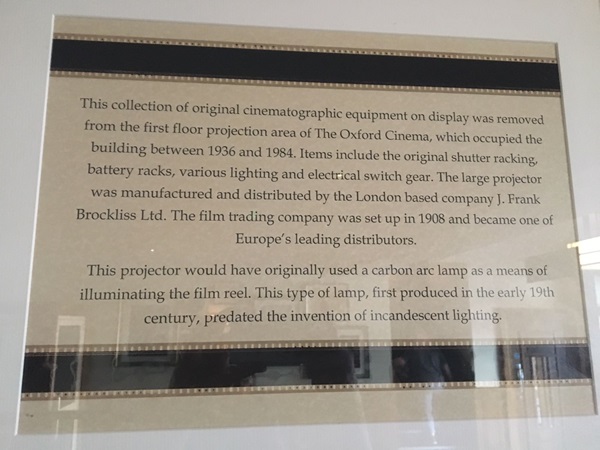
The text reads: This collection of original cinematographic equipment on display was removed from the first floor projection area of The Oxford Cinema, which occupied the building between 1936 and 1984. Items include the original shutter racking, battery racks, various lighting and electrical switch gear. The large projector was manufactured and distributed by the London based company J Frank Brockliss Ltd. The film trading company was set up in 1908 and became one of Europe’s leading distributors.
This projector would have originally used a carbon arc lamp as a means of illuminating the film reel. This type of lamp, first produced in the early 19th century, predated the invention of incandescent lighting.
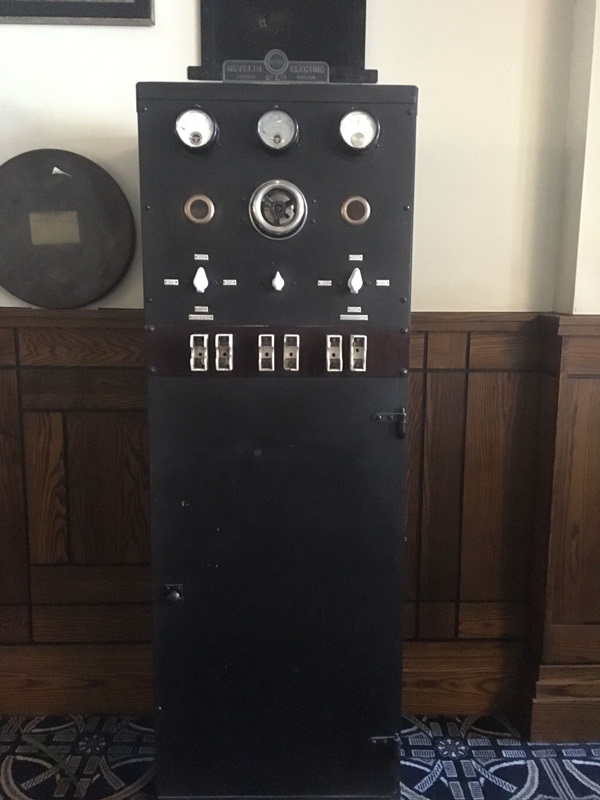
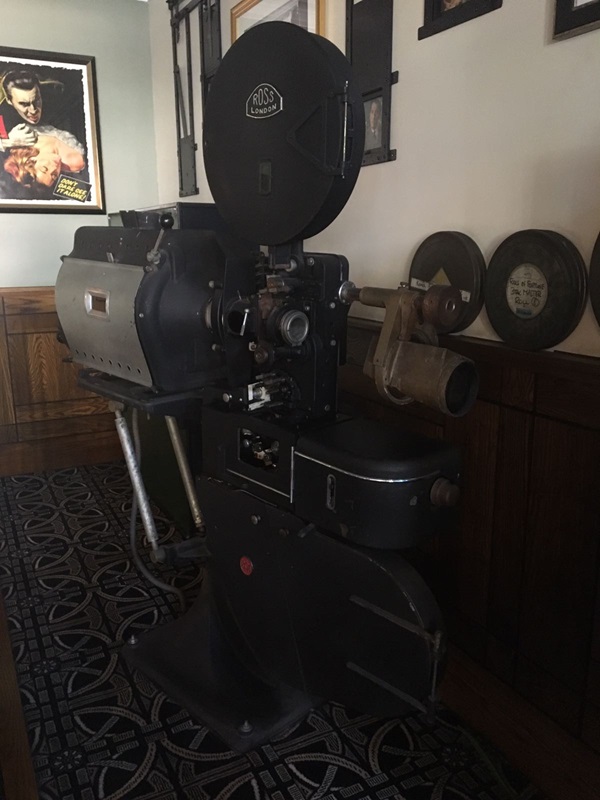
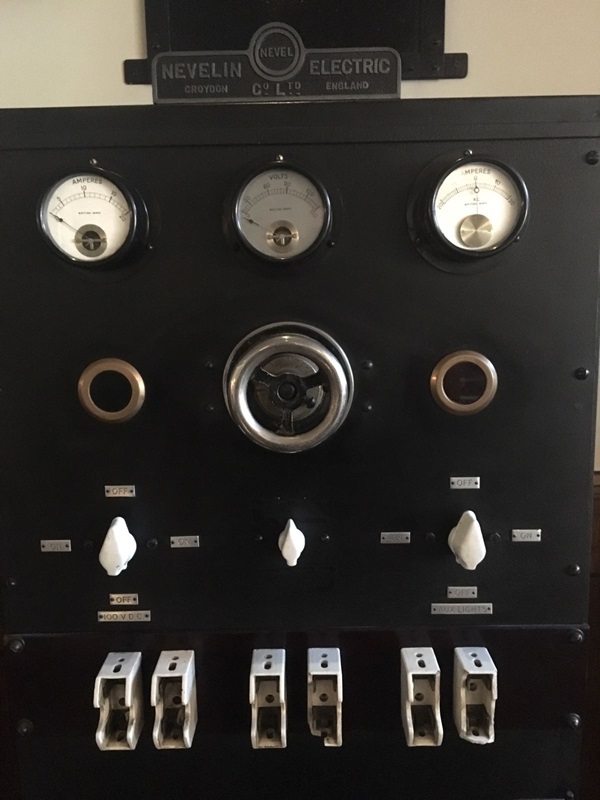
A photograph and text about oysters in Whitstable.
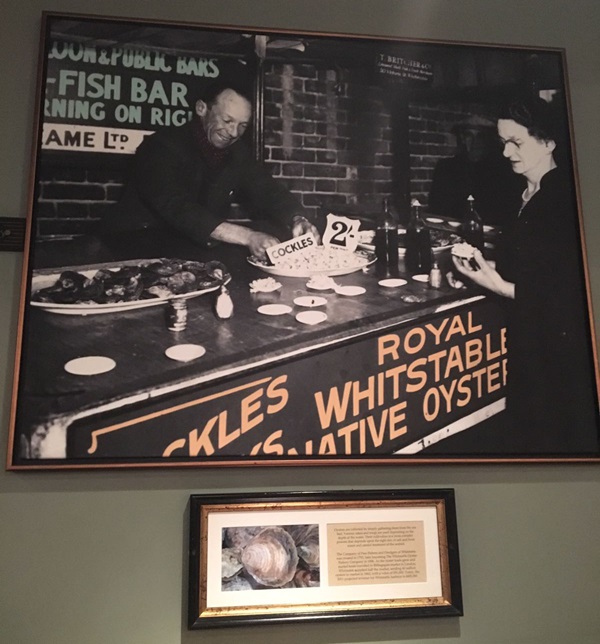
The text reads: Oysters are collected by simply gathering them from the sea bed. Various rakes and tongs are used depending on the depth of the water. Their cultivation is a more complex process that depends upon the right mix of salt and fresh water and careful treatment of the seabed.
The Company of Free Fishers and Dredgers of Whitstable was created in 1793, later becoming The Whitstable Oyster Fishery Company in 1896. As the oyster trade grew and market boats travelled to Billingsgate market in London, Whitstable supplied half the market, sending 60 million oysters to market in 1862, with a value of £91,000. Today, the 2011 projected revenue for Whitstable harbour is £605,300.
External photograph of the building – main entrance.
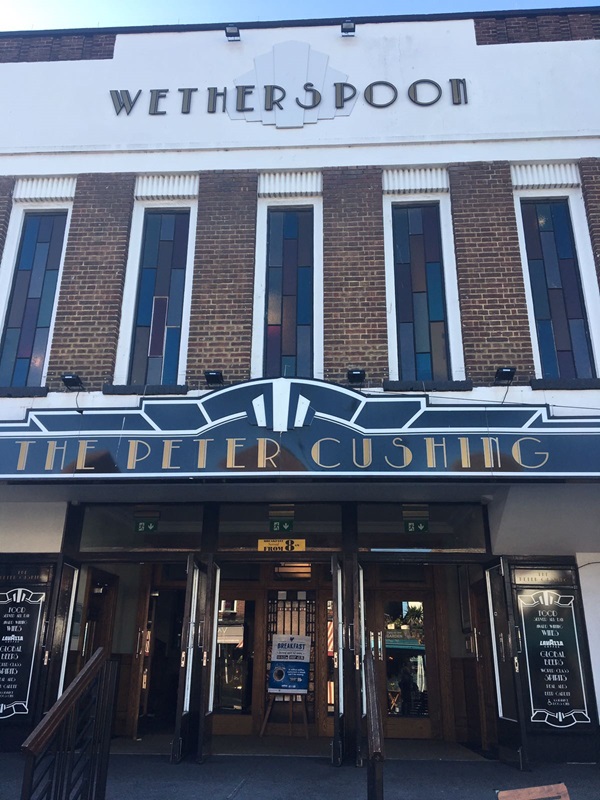
If you have information on the history of this pub, then we’d like you to share it with us. Please e-mail all information to: pubhistories@jdwetherspoon.co.uk